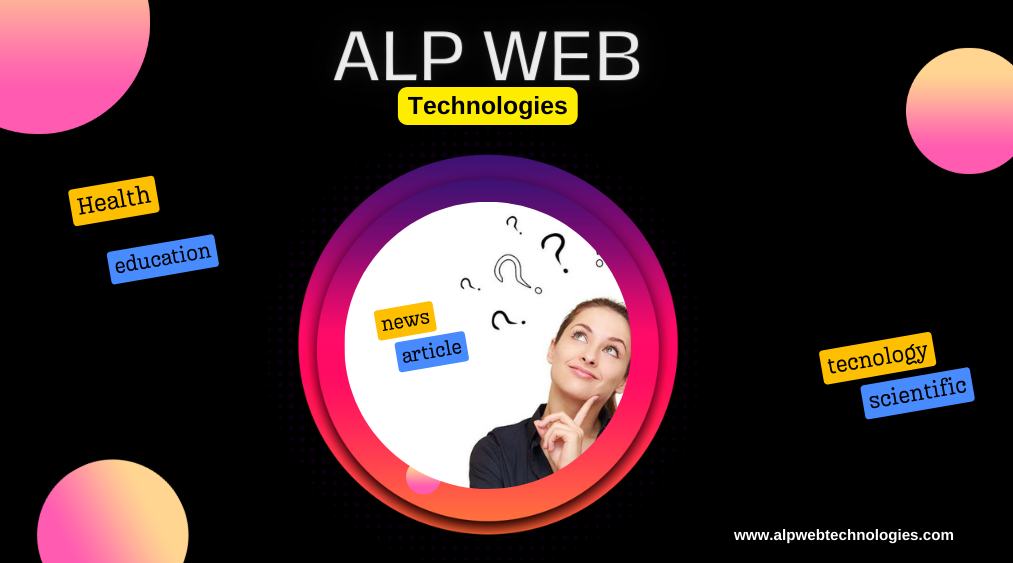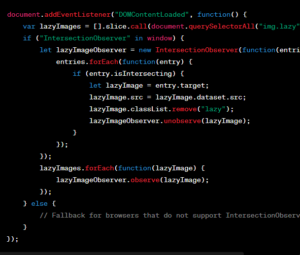
Share this article on social media
Remember when the Metaverse was everywhere? From Mark Zuckerberg’s dramatic rebrand of Facebook to Meta, to virtual land being sold for millions, the digital world was supposed to replace our physical reality. Offices, classrooms, concerts, and even weddings were envisioned to take place in immersive 3D universes.
But here we are in 2025, and the question remains:
Was the Metaverse the next big thing—or just another tech fad that faded too fast?
Let’s dive into the hype, the hope, and the harsh reality behind the Metaverse.
The Rise of a Digital Dream
The Metaverse promised an entirely new digital existence. Virtual Reality (VR) and Augmented Reality (AR) would blend our physical lives with digital spaces. The vision was massive:
-
Avatars replacing Zoom calls
-
Digital real estate booming
-
Fashion brands launching virtual collections
-
A new economy of NFTs and cryptocurrencies powering it all
Tech giants jumped on board. Meta, Microsoft, Nvidia, and Apple invested billions. It was futuristic, exciting—and a bit chaotic.
The Reality Check
Fast forward a few years and the buzz has cooled.
-
User adoption was slower than expected
-
Hardware remained expensive and clunky
-
Many “metaverse” spaces were empty or underwhelming
-
Big names started shifting focus to AI instead
Even Meta’s flagship metaverse platform, Horizon Worlds, struggled to retain users. Critics argued that the tech just wasn’t ready—and maybe the world wasn’t either.
Still Breathing: The Quiet Evolution
Despite the decline in hype, the Metaverse isn’t dead. It’s evolving quietly behind the scenes. Companies are now focusing on building the infrastructure rather than selling grand visions.
Examples include:
-
Enterprise training simulations using VR
-
AR integration in real-world navigation and retail
-
Digital twins in architecture, urban planning, and factories
-
Hybrid reality applications in education and healthcare
Rather than an all-encompassing new universe, the Metaverse is shifting into a collection of immersive tools with real-world use cases.
AI Has Stolen the Spotlight
There’s no denying it: Artificial Intelligence has become the new tech obsession. With the rise of generative AI tools like ChatGPT and image generators, investment and interest have shifted.
But some experts argue that AI and the Metaverse can actually empower each other—with AI making virtual worlds smarter, more responsive, and more accessible.
So, Was It All Just a Fad?
Not quite.
The Metaverse was likely overhyped too soon. It promised too much before the tech could deliver. But like the internet in the ‘90s or smartphones in the 2000s, early-stage backlash doesn’t always mean failure.
The dream may not look like a Ready Player One-style utopia, but pieces of the Metaverse are integrating into our daily lives—just more subtly than we expected.
Conclusion: The Metaverse Isn’t Dead—It’s Just Growing Up
What we’re witnessing isn’t the end, but the maturation of a bold idea. The Metaverse isn’t vanishing—it’s becoming less flashy and more functional.
So is it the future?
Possibly.
Is it a passing craze?
Only if we stop building it.









